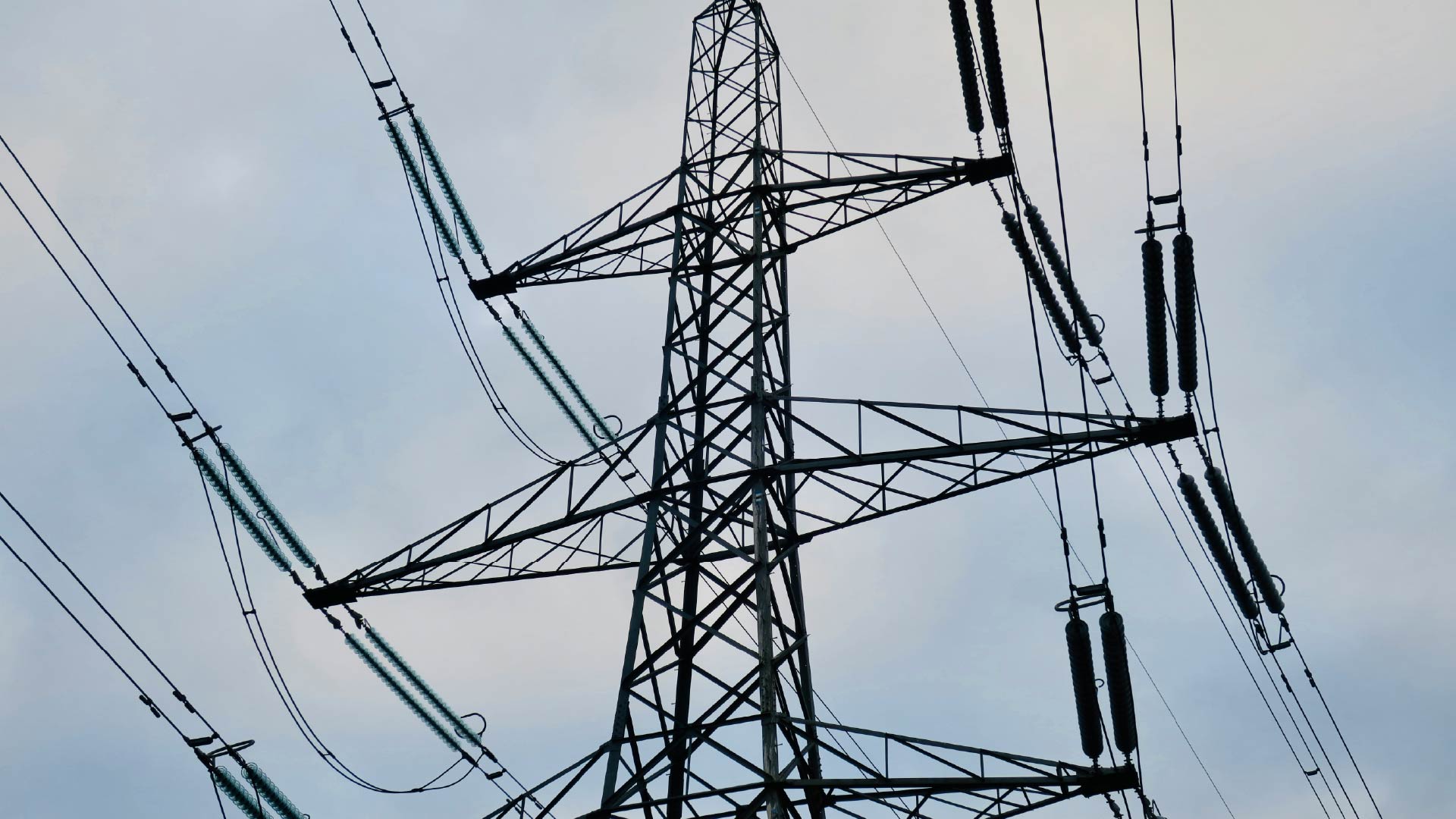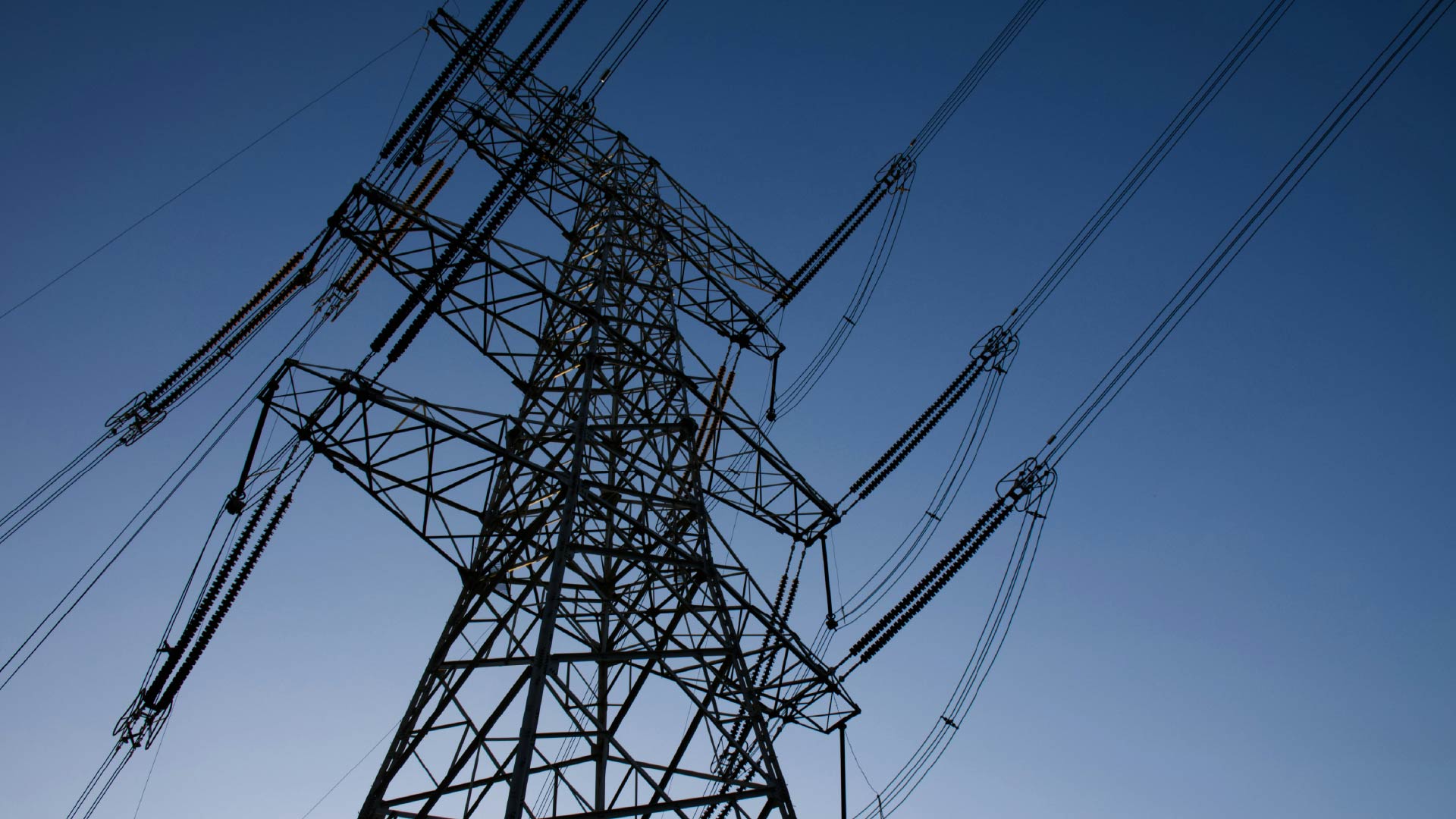The International Energy Agency’s (IEA) New Report Finds That Key Sectors Are Increasing, Not Lowering, Emissions

Maya Hilmi
The International Energy Agency (IEA) published last month a report that assesses progress on the reduction of Greenhouse Gas (GHG) emissions in five sectors that are key to hitting net zero emissions globally: power, hydrogen, road transport, steel, and agriculture. Rather than moving towards scenarios on par with international climate goals, GHG emissions are increasing across the sectors examined in this paper. The IEA’s report found that:
- The power sector needs to reduce its emissions by over 50% by 2030 – yet we continue to see emissions in this sector rise. The power sector alone accounts for approximately 13 GtCO2e (23% of total emissions). Research suggests that emissions from this sector need to be fall by nearly 8% each year to 2030. The IEA recommended higher rates of investment in global renewable power capacities ahead of 2030 and 2050 targets.
- Production capacity of renewable and low-carbon hydrogen will need to double each year from 2023 to 2030. Government and business leaders need to collaborate to strengthen the market – both for deployment and trade, as well as share best practices in switching from fossil fuels to hydrogen power. The IEA believes that hydrogen solutions’ availability will increase with new uses for hydrogen such as in the steel industry, energy storage, and shipping, as well as from broader geographical distribution.
- The road transport sector needs to reduce its emissions by 1/3 by 2030. The report found that nearly 9% of global car sales in 2021 were fully electric, and that this would have to rise to 60% of global sales by 2030. To incentivise electric car sales, national governments need to increase investment in charging infrastructure. The IEA noted that countries with greater electric car penetration will need to provide support to countries that are lagging, if the 1/3 emissions reductions target is to be met.
- The steel sector’s emissions have increased by 15% since 2010 and needs to be reduced by ¼ by 2030. The IEA found that direct emissions intensity from steel production is increasing, and this needs to be reduced by approximately 30%, to less than 1 tCO2 per tonne of crude steel in 2030. The report recommended greater collaboration on ‘commercial-scale pilot projects’ across steel producing regions to develop and deploy net-zero emission steel technologies (NZS). The report references a pilot plant in France, which harnesses CCU/S on a blast furnace.
- Increased investment in farms is needed to reduce emissions in the agricultural sector by 20% by 2030. Smallholder farmers produce 30% of global food. Therefore, emissions reductions targets depend on countries driving education on sustainable agricultural policies and practices among these smallholders. Investment in research and technologies can change practices around land use, and lower emissions.
In light of this new report, software vendors have the opportunity to assess their capabilities and functionalities relevant to these markets. The key questions that software vendors need to address are:
- Are your products in line with the recommendations and targets across these five sectors?
- Will you be able to support your clients in these sectors as they work to optimise their carbon data management to streamline emission reduction?
About The Author

Maya Hilmi
Analyst





